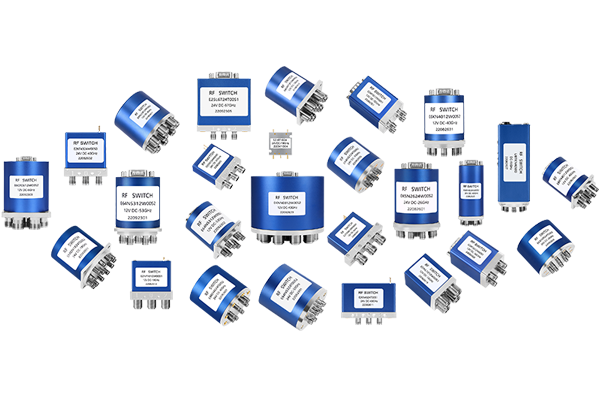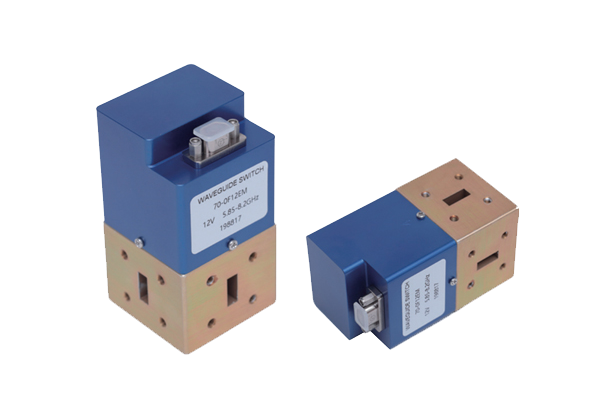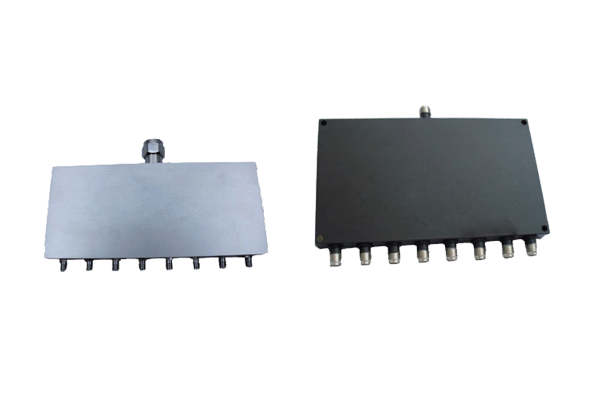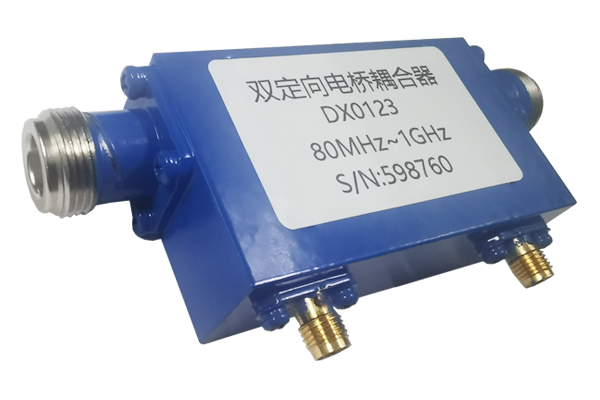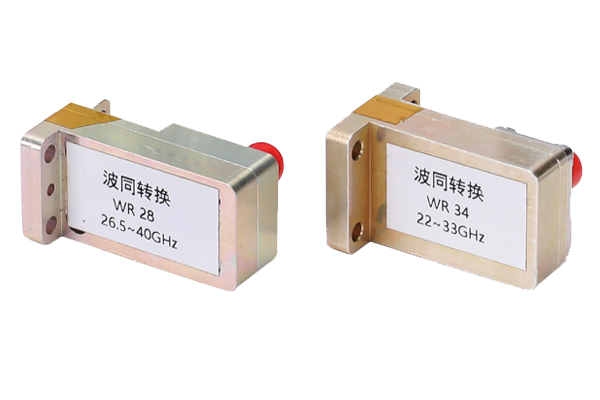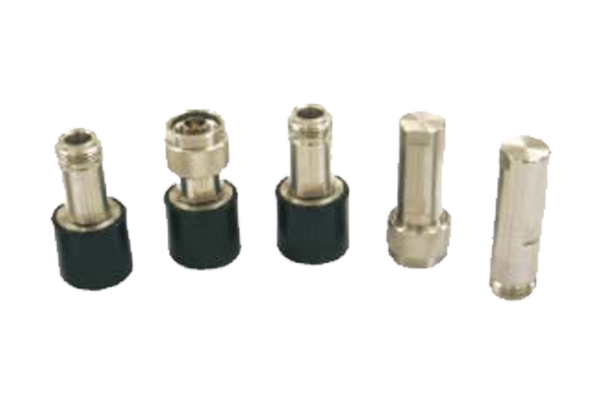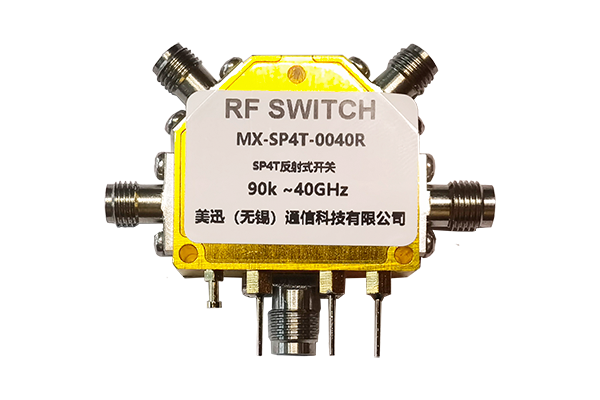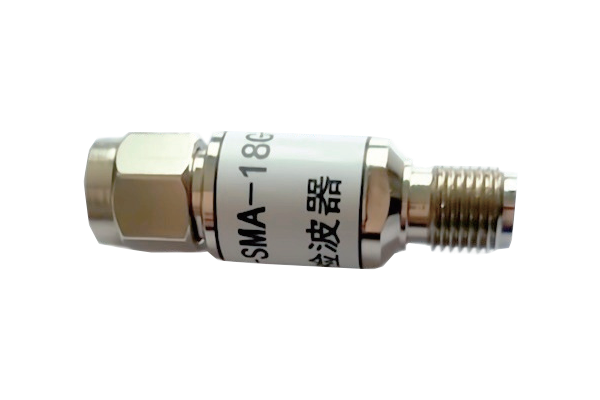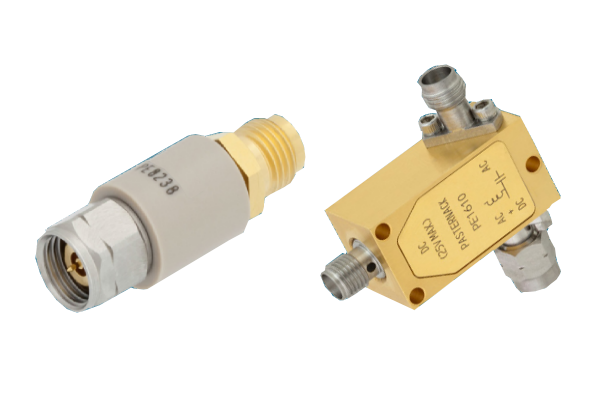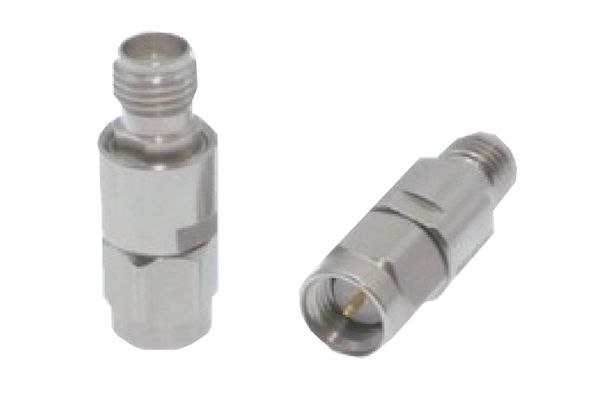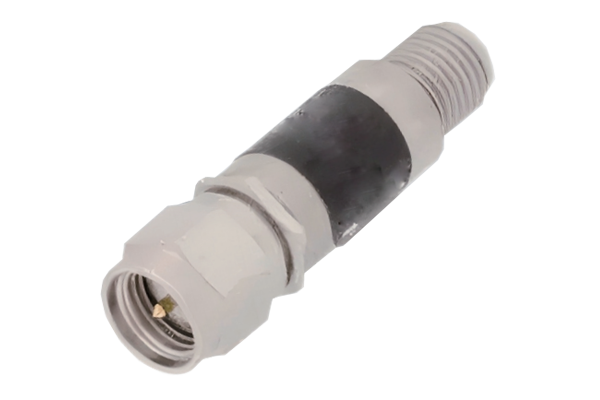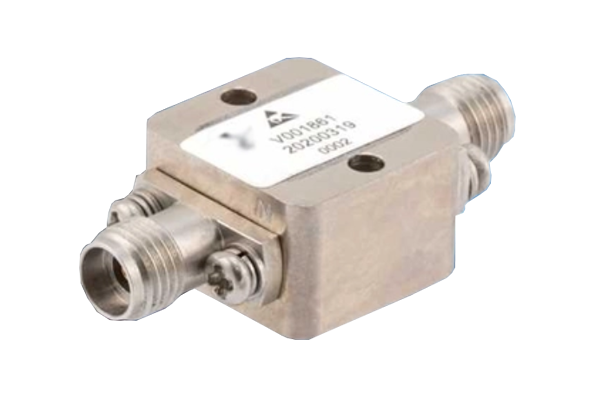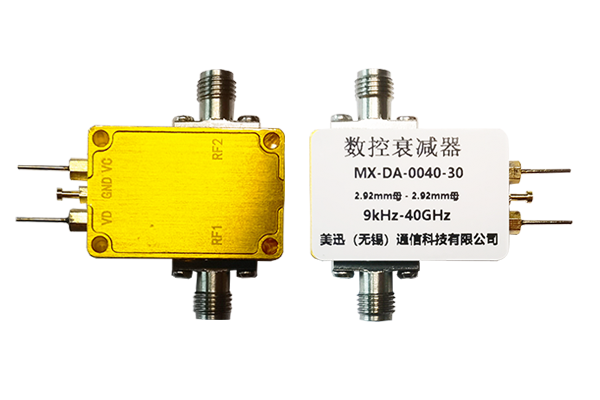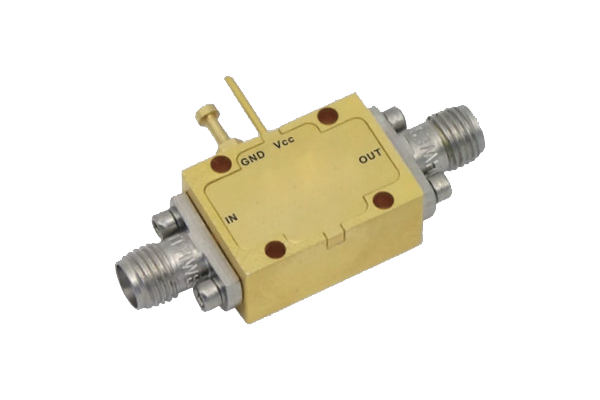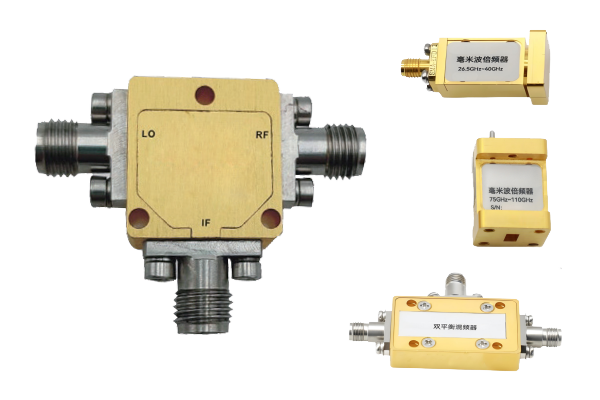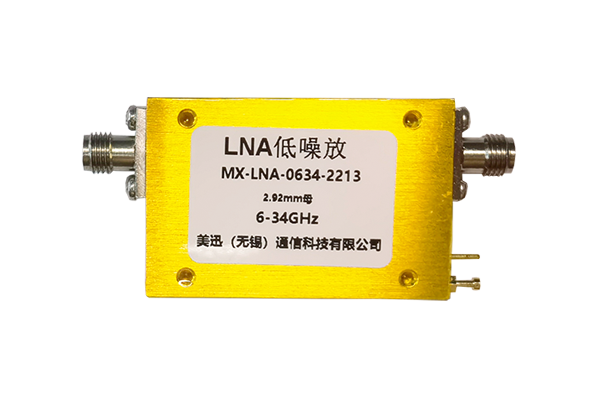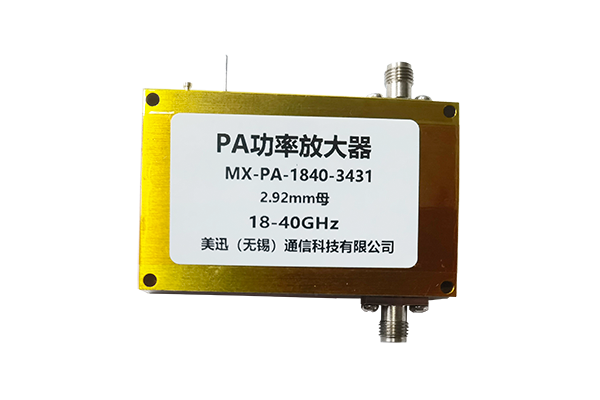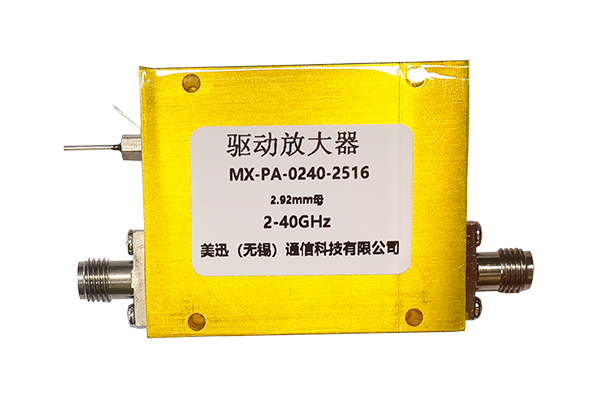The Role of Coaxial Switches in RF Systems
A coaxial switch is a critical component in radio frequency (RF) systems, enabling the routing of high-frequency signals between different paths with minimal loss and interference. Its primary function is to provide signal switching, isolation, and impedance matching in complex RF architectures.
1. Signal Routing & Path Selection
Coaxial switches allow RF systems to dynamically switch between antennas, filters, amplifiers, or test equipment without manual reconnection. This is essential in:
-
Telecom base stations (antenna diversity switching)
-
Automated test systems (signal path multiplexing)
-
Radar & satellite systems (beam steering & redundancy)
2. Maintaining Signal Integrity
-
Low Insertion Loss (<0.5 dB in high-quality switches) ensures minimal signal attenuation.
-
High Isolation (>60 dB in premium switches) prevents crosstalk between channels.
-
Impedance Matching (50Ω or 75Ω) reduces reflections and VSWR (Voltage Standing Wave Ratio).
3. System Protection & Redundancy
-
Fail-Safe Switching: Some switches default to a safe path if power is lost.
-
Hot Switching: High-power-rated switches can handle live RF signals without damage.
4. Automation & Remote Control
-
Electromechanical (EM) coaxial switches offer high power handling but slower switching (~20 ms).
-
Solid-State (RF MEMS) switches provide ultra-fast switching (<1 μs) for 5G and phased-array applications.



